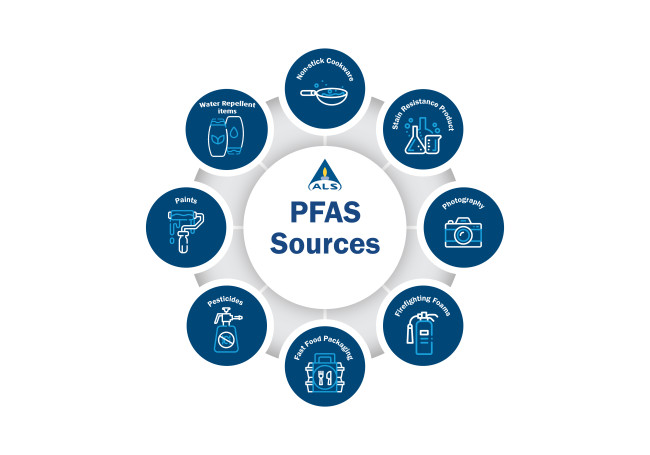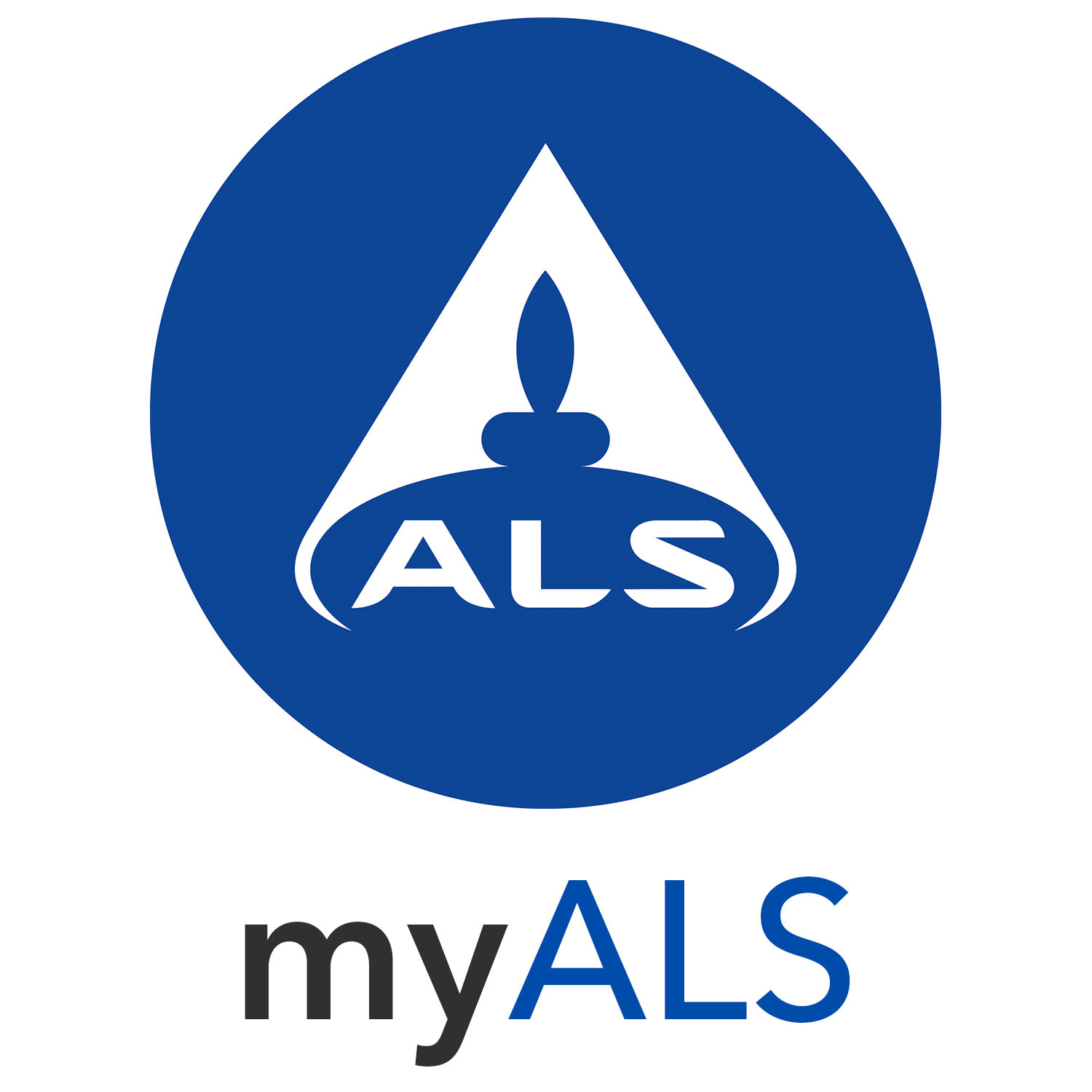Analysis of Per- and Polyfluoroalkyl substances (PFAS)
Apr 8, 2021
What are PFAS? Per- and polyfluoroalkyl substances are a group of man-made chemicals (previously known as PFCs) that have been used in a range of common household products and specialty applications including in the manufacture of non-stick cookware, fabric, furniture and carpet stain protection applications; food packaging; some industrial processes, and in types of fire-fighting foam.
 Why are they important?
Why are they important?
PFAS are persistent in the environment and can bioaccumulate in humans and some plant species. PFAS are ubiquitous contaminants of concern in groundwater. The key exposure pathway is ingestion of drinking water. There is mounting evidence of adverse health outcomes including probably links with high cholesterol, thyroid disease, pregnancy-induced hypertension, ulcerative colitis, testicular cancer and kidney cancer.
Analytical challenges
PFAS are challenging contaminants because most constituents cannot be detected by conventional analytical techniques. The sources of PFAS in the environment, such as Aqueous Film Forming Foam (AFFF), involve complex mixtures of individual PFAS constituents.
PFOS (perfluorooctane sulfonic acid) and PFOA (perfluorooctanoic acid), termed long-chain PFAS, are the best known examples and have been the focus of regulatory attention. More recently, concern has extended to a much wider number of the PFAS including short-chain PFAS that are generally more soluble and mobile in groundwater.
Conventional methods allow for the analysis of around 15-20 different compounds. There are, however, many more PFAS which will be left undetermined, including a significant number of polyfluoroalkyl substances. A new innovative analytical approach is needed.
TOP Assay - a significant step forward
Total Oxidisable Precursor (TOP) Assay is a more comprehensive analysis technique and represents a significant step forward in the assessment of PFAS. It converts precursors in a sample which are detectable by liquid chromatography with tandem mass spectrometry (LC-MS/MS). Results are provided both pre and post digest, at a limit of detection (LoD) of around 2 ng/l. The method removes the proprietary part of the molecule, using oxidative conditions, this results in the generation of perfluoroalkyl acids (PFAA) which are used as a measure of the presence of the precursors. TOP Assay also provides indicative data regarding the perfluoroalkyl chain length of the precursors, which can assist with assessing the source of the PFAS contamination and their potential to bioaccumulate.
Branched and linear isomers of PFOS need to be determined. If these are not reported, the results might be underestimating PFOS concentrations by 20-30% depending on the original manufacturing process. The presence of linear and branched isomers also have implications for partitioning, transport and bioaccumulation.
TOP Assay provides a pragmatic and cost-effective solution to assessment of risks from PFAS. Increasing consideration of PFAS chemistry and precursor loading will be needed in the future to better assess PFAS impacted sites.
Analysis can be carried out by TOP Assay at ALS. For further information you can request a quote or contact our client services team: hawardencustomerservices@alsglobal.com or 01244 528777.
References
- Buck, R.C., Franklin, J., Berger, U., Conder, J. M., Cousins, I. T., de Voogt, P., Jensen, A. A., Kannan, K., Mabury, S. A., van Leeuwen, S. P. 2011. Perfluoroalkyl and polyfluoroalkyl substances in the environment: terminology, classification, and origins. Integrated Environmental Assessment Management. 7(4): 513-41.
- Interstate Technology & Regulatory Council - Technical/Regulatory Guidance Per- and Polyfluoroalkyl Substances (PFAS) ITRC 2020.
- Ross, I., Hurst, J., 2019. Managing Risks and Liabilities associated with Per- and Polyfluoroalkyl Substances (PFASs). CL:AIRE Technical Bulletin TB19. CL:AIRE, London, UK
- Simon J.A., Abrams S., Bradburne T., et al. PFAS Experts Symposium: Statements on regulatory policy, chemistry and analytics, toxicology, transport/fate, and remediation for per‐and polyfluoroalkyl substances (PFAS) contamination issues. Remediation. 2019; 29:31–48
- Early life exposure to per- and polyfluoroalkyl substances (PFAS) and latent health outcomes: A review including the placenta as a target tissue and possible driver of peri- and postnatal effects. Bevin E Blake 1, Suzanne E Fenton 2, Aug 2020


